

The Stuka is one of the major symbols of the German Blitzkrieg during World War 2. It is a Dive Bomber which had one denoting feature, the siren. When the Stuka dived in for the kill there would be a terrorizing wail accompanying it, causing panic. As stated, the Stuka is a Bomber, and while historically it had a wider selection of possible bomb load-outs in War Thunder the choice in Stuka Bombs depends more on the model, rather than your “unlocks”. In this Guide we will explore the different Stuka Models available in War Thunder, together with their respective strengths and weaknesses.
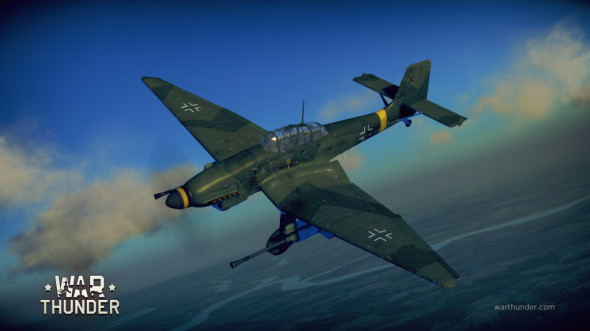
The Stuka G-1 or G-2. You can identify them by the oddly shaped cannons.
The Stuka is known for a number of problems. It’s slow, un-dexterous and unlike bigger bombers it can only carry a small payload, then return for more. Up until the D-5 it uses only machine guns for self-defense against enemy planes, and when you reach the G-1 and G-2 you lose both your bombs and cannons/machine guns for two larger cannons with highly limited ammo capacity. Why then would you want to fly a Stuka? I can name a few possible tactical reasons. The Stuka is a smaller plane, when compared to other bombers. That means it might be a less interesting target. It has a machine gun or cannon, unlike bombers, that the pilot can use. This means that the Stuka can engage in self-defense or even air attack, far better than other bombers. Lastly, the Stuka can be very precise. Because of its main designation a Stuka can focus on a single Ground Target, and destroy it, unlike bigger bombers that might need to be at a much higher altitude and hope for direct hits. Later on the Stuka has Cannons capable of taking out heavier vehicles without the need for bombs (D-5,G-1 and G-2).
In other words, the Stuka has a decent mix of firepower and bomb load. It is neither as good as a fighter nor as a bomber, but in the future, when players will have control over their tanks and armies the Stuka might prove its worth further by surgically taking out enemy ground targets. Even at sea a Stuka can bomb enemy ships, but this calls for bombing the ship horizontally, and its cannons will be ineffective, so you have at best one or two chances at sinking an enemy.
Let us now proceed to the list of Stuka Planes that will be available to you.
Patch 1.33 Update
The most recent patches introduces new mechanics and options for your Stukas. Key among them you can now adjust, to a degree, what types of bombs and how many your Stuka will carry. This is influenced by equipment you unlock and buy so you will not have access to all the layouts from the start. On another positive note you are now able to change the type of ammo your rear gunner uses, which should, in theory, allow you to survive for longer. Another change, when it comes to attacking ground targets, is that 20mm cannons are unable to destroy light pillboxes anymore. I believe that they are also unable to take out Medium or Heavy tanks (I might be wrong about the Medium tanks). Your bombs and 37mm cannons should have no problem taking out heavy tanks, but pillboxes will still pose a serious issue.
Ju 87 B-2
This is the first Stuka you can get your hands on. Perhaps surprisingly, it is the Stuka with the biggest bomb load, even if its bombs are not the heaviest (4 x 50kg and a single 250kg). As mentioned before, you only need a 50kg bomb and a direct hit to take out a Heavy Tank, so a Stuka B-2 is well capable of taking out a number of Heavy Tanks with its bombs, if you are accurate. It is mildly fast, for a Stuka, and although not as agile as some of the later models it is a good introduction into the Stuka family. Since it is cheap to repair and upkeep you will not suffer heavy penalties for losing it (and it has an INCREDIBLE number of alternative skins).
The B-2 is the only Stuka (for now) with a mounted Siren. It activates at around 400 km/h and deactivates once your speed goes below 350 km/h. While it is a nice little touch to the game you are the only one that can hear the siren, so you will not signal the enemy with your presence. At the same time, you can get annoyed with the constant wail, if you travel too fast.
Ju -87 R-2
This Stuka is similar in many respects to the B-2, but it is slower, has a smaller bomb load but a higher climb rate and rotation. In other words, you are slightly more agile, sacrificing speeds and bombs. In terms of the later D-3 and in comparison to the B-2, the R-2 is not your primary choice of Stuka. While it is a bit more agile the smaller bomb load makes you much less useful in your primary role. I almost entirely skipped over the R-2 to the much more favorable D-3.
Ju-87 D-3
The D-3 is in many respects an improvements over the B-2. It carries three bombs (A single 500 kg and two 250 kg bombs). While it is faster on paper the added load from the bombs will make it more sluggish. The D-3 needs a longer runway because of this, and sometimes starting off with the D-3 might mean a close call with the trees (depends how good a pilot you are). The larger bombs will allow you to take on far more challenging targets, and you will be more than capable of taking out pillboxes and perhaps even a Light Cruiser.
Ju-87 D-5
This is another step up from the D-3. On paper you are almost exactly the same, with one difference, the 20mm cannon. This darling is normally also mounted on fighter planes, like the Bf-109, and you do not have access to any special “Ground Target” ammo. However, the 20mm is both well suited for taking out enemy vehicle and planes. The 7.92 mm machine gun becomes obsolete against more heavily armored targets (like the Il-2) so the upgrade to the 20mm gun is a welcome change. You may take out Medium and Heavy tanks with this cannon, but it’s a huge challenge.
Ju-87 G-1 and G-2
The G-1 and G-2 are almost identical. Their key difference is ammo capacity for their 37mm Cannons. The G-2 can hold 24 rounds (12 “shots”) while the G-1 has only 12 (6 “shots”). If possible you should skip to the G-2, since the G-1’s inferior ammo capacity will come back to bite you in Historical and Full Real Battles. As mentioned before, the 37mm cannon will absolute annihilate light targets, and heavier vehicles will be much more threatened by it. However, the lack of bombs makes your “battle time” highly limited. You have to make every shot count and then head back to reload. On the positive side, the 37mm Cannon is extremely powerful against planes as well. You might find that accurate hits to the wing or tail can shred an enemy plane instantly. It will not be as effective as the 50mm but it will get the job done.

A Stuka (I presume the D-5) out at sea.
The Stuka’s main purpose is the destruction land and sea-based targets. These targets may be stationary or mobile, lightly or heavily armored. Whichever the case, you have the tools to succeed, to a degree. From your first Stuka to the D-5 you will have access to bombs. The D-5 will be especially powerful here, as it has the most powerful bomb load, combined with 20mm cannons. The G-1 and G-2 lack bombs but have very strong cannons.
Here I should underline one very important thing about your bombs. Based on personal experience when you have a “main bomb” (like the 250 kg bombs on the B-2) and “pairs” of smaller bombs (like 50 kg or 250kg) a single bomb release will in first order drop the “pairs”. So on the B-2 you can have three bomb drops in total. First two pairs of 50kg bombs and then a single 250 kg bomb drop. Later on, with the D-3 and D-5 you will have only two bomb drops, first the 250kg “pair” and then the single 500 kg. As far as I know you cannot drop single bombs, and I imagine that was a mechanical decision, not to “damage” the Stuka’s balance by having too much weight on either wing.
What manner of Ground Targets will you face? Structures are limited to: Pillboxes, Light Pillboxes, Artillery and AAA. Land Units include: Light, Medium and Heavy Tanks, Armored Cars, AAA, and Vehicles. Naval Units include: Landing Boats, Destroyers, Light Cruisers, Cargo Ships, Battleships and Carriers. Among the toughest from these three categories you will have Battleships, Pillboxes and Heavy Tanks.
Heavy and Medium Tanks are difficult to penetrate with your Cannons for a number of reasons. In order to have maximum penetration, thus damage, you have to hit enemy weak spots. This includes the top armor, the rear (like the engine) but also weak areas around the tracks. The problem is that in order to exploit these areas you have to attack the enemy from the correct angle. Since the Stuka was designed for perfect Vertical dive bombing you can literally fly down at an enemy Tank and fire from above. This calls for a lot of practice, and you will still need Armor Piercing Ammo in order to succeed. At the game’s current state (May 2013) tanks cannot have damaged “Modules”. Sometimes you can lit an engine on fire (or so it seems) but this does not have any effects on the tank’s performance. Thus it is very hard to judge when a tank is damaged. As a general rule of thumb, unless you are dedicated to using proper angles and ammo you should focus on lighter land targets
This is where the Stuka shines. Light Land Targets (Armored Cars, Vehicles, AAAs) are extremely vulnerable to Stukas. The 20mm Cannon needs (based on my own experience) one or two direct hits on a target to destroy any of them. Meanwhile the G-1 and G-2 cannons need only a single hit to take out lighter vehicles. This makes Stukas highly useful Support Planes, when taking out enemy Air defenses for larger and more vulnerable bombers. Even the basic Machine gun is capable of taking these targets out, even if it calls for using much more ammo (but then, you have more ammo to spare).
Pillboxes and Light Pillboxes need at least 50 kg bombs to damage. Pillboxes are especially sturdy so a Stuka is better off focusing on other structures, while bigger bombers destroy any Pillboxes in the area. Again, the 20mm Cannon or the basic machine gun have no problems with taking out AAA and artillery emplacements. Be wary of AAA guns, as flying straight into an enemy’s fire is not the best idea, even if you do need only one or two hits to take him out. Once you reach the D-3 and D-5 you will be capable of destroying Pillboxes with direct hits from your bombs.
Naval Targets are a much bigger problem. A Stuka can destroy a Destroyer or Cargo Ship with its bombs. Anything larger will pose a serious problem, since its guns will not damage these ships at all. Once you run out of bombs you will have to either go to resupply at an airfield or wait for the bombs to respawn. Either way, you are highly limited in the Naval Bombardment role. The only exception are Landing Craft, which are vulnerable to your machine guns and cannons.
The key to a Stuka’s success, in the end, is its use of bombs on heavier or priority targets and then using its guns on lighter, yet no less important, ground units. As a general rule, on Berlin and Ruhr maps, I use my bombs on the heaviest local Target (depending on the objective) and once I use up my bombs I focus on lighter targets, prioritizing AAAs. After I run out of light targets I will attempt to destroy enemy Heavy and Medium Tanks, up until I am forced to flee or I run out of ammo.
In case you are interested in “numbers”, when it comes to bombing or attacking ground targets with different types of cannons and bombs here is a Forum Topic, from the War Thunder Forums, providing you with all the possible, up to date, information. All of this researched by user Sliver so all the kudos for this goes to him!
The Stuka can dive in a perfect 90 degree angle and then recover. The problem is that you cannot achieve that safely, unless you use certain precautions. When plummeting down at an enemy you should do two things. Firstly, reduce the throttle on your engine to 0%. Secondly, activate the air brake. In a perfect 90 degree angle I found that with both of these precautions taken you will never exceed 500 km/h. The danger of going above that speed includes loss of landing gear, and on one or two occasions I have observed the loss of my bombs, during extremely hazardous speeds (or I clicked the Bomb Release button by mistake). Another threat of going down at too high a speed is difficulty with adjusting your Stuka’s dive path, if you are going off-target. Also, a recovery from too high a speed could effect your crew’s performance (if you invest in your Crew’s skills this is less likely).
If you are worried of enemy fighters hunting for bombers on ground level you can safely perform a Dive Bomb from any height, as long as the two precautions stated above are “active”. There is one exception, the G-1 and G-2 Stukas. These lack an Air Brake, so you will have to be wary of using extreme heights when attempting a Dive with them.

While the enemy Fighter is capable of delivering a very deadly hit you can answer with a very accurate rear machine gun response, destroying its engine or even killing its pilot.
You will face different foes, in the air and on the ground. Fighters will be your primary concern. A skilled Fighter Pilot will attack you from above or below, making your rear gunner useless. If you plan on fleeing you will have to level yourself as close to the ground as possible, otherwise your gunner cannot effectively cover you. At the same time trying to outmaneuver a fighter will be difficult. You might have a lower speed to try and stall them but your turn rate is terrible. In other words, a more advanced fighter will always have an advantage over you. Do not try to engage fighters, unless you have the necessary fighter support. Against weaker Fighters you still stand a chance, and with the 20 and 37mm cannons you can surprise bombers. If you take control of your rear gunner focus on the enemy cockpit. If you are lucky you might just kill the pilot. Destroying the engine is also a good idea. It is very unlikely that you will do anything more than that, since your machine gun lacks any punch to deliver a deadlier blow.
If you still desire to attack enemy fighters make sure to drop your bombs first. These will weigh you down, so use them up in first order.
The Stuka is a plane to be reckoned with, despite its limitations. In Lower Rank battles it can perform exceedingly well, both against enemy fighters and land objectives. Later on it will be out-classed by larger bombers and fighters, which makes it a much less useful asset. On the other hand, a skilled Stuka Pilot can make a difference, as I found time and time again. Practice is key, and a lot of patience. Just like the Hetzer’s gotta Hets, the Stukas hast gotta Stuk. (World of Tanks Reference, sorry!)


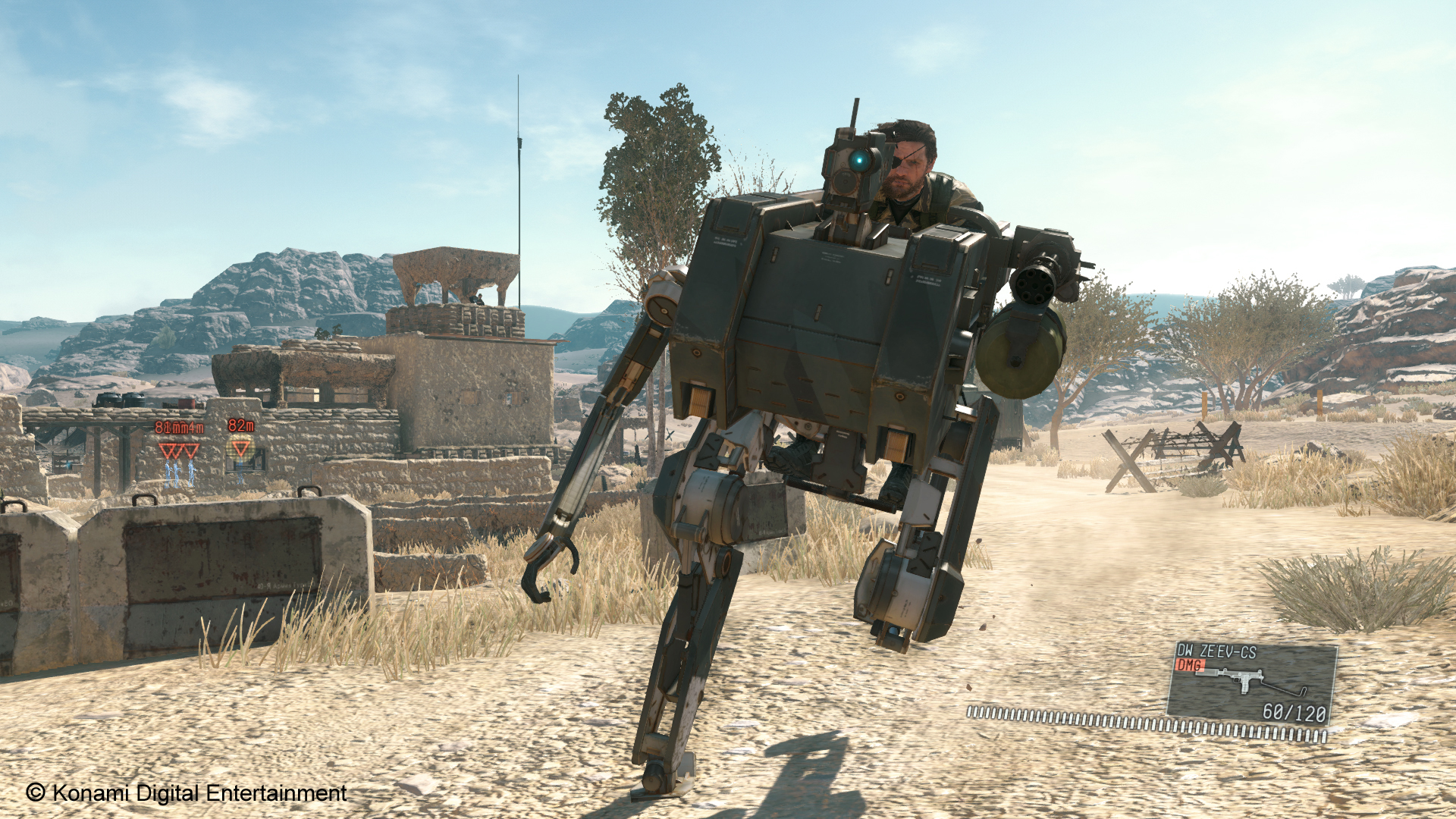

 The Evil Within guide: Chapter 14 – Ulterior Motives
The Evil Within guide: Chapter 14 – Ulterior Motives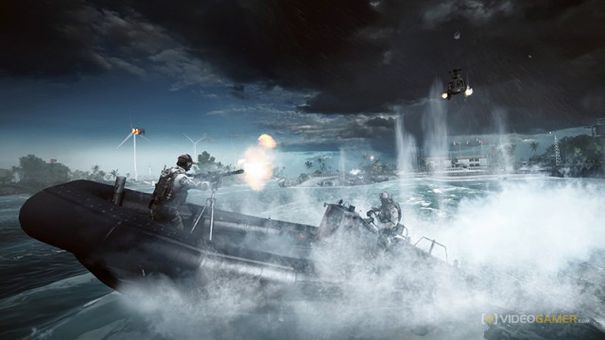 Battlefield 4: Which is better
Battlefield 4: Which is better Elder Scrolls Online Treasure Maps Guide (Pre-Order Bonus) All Maps, One Page
Elder Scrolls Online Treasure Maps Guide (Pre-Order Bonus) All Maps, One Page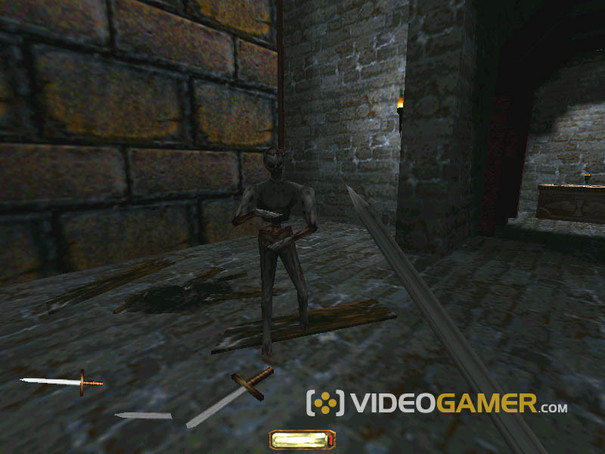 Stolen Memories – Thief: The Dark Project retrospective
Stolen Memories – Thief: The Dark Project retrospective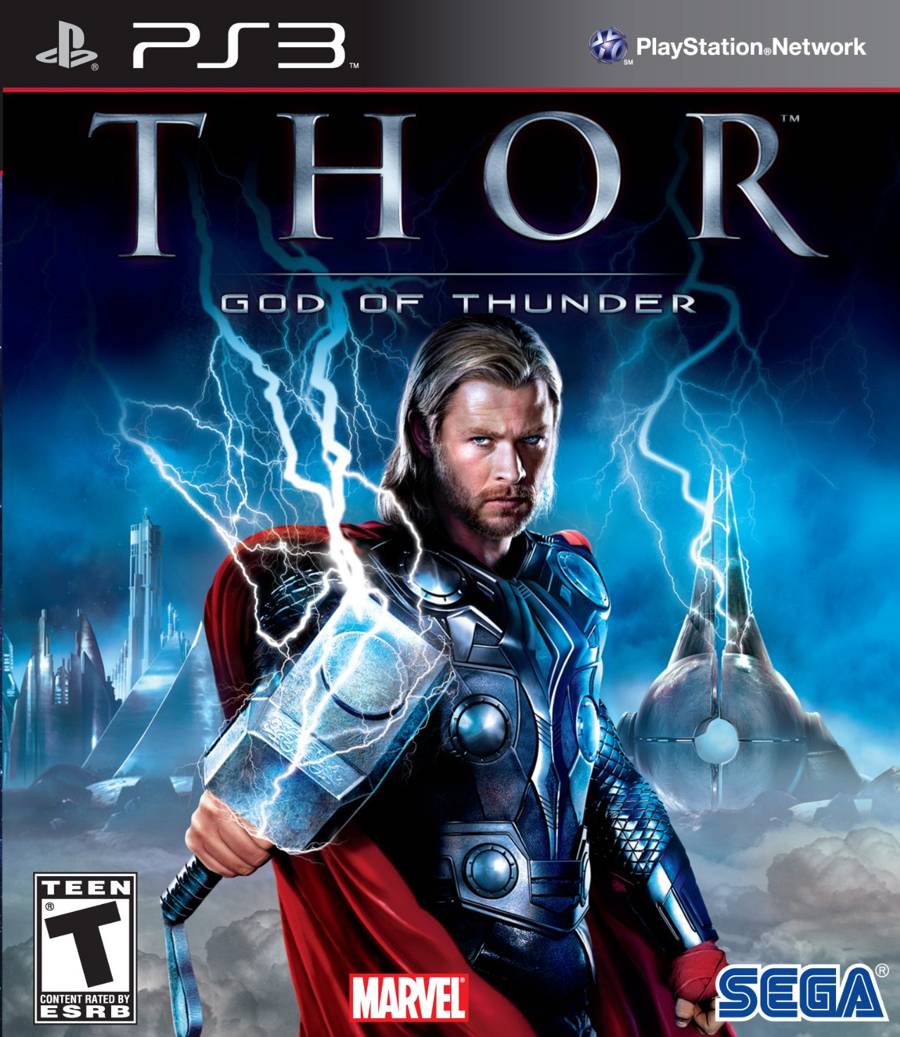 Thor Asgard Besieged Feat And Collectibles Guide
Thor Asgard Besieged Feat And Collectibles Guide